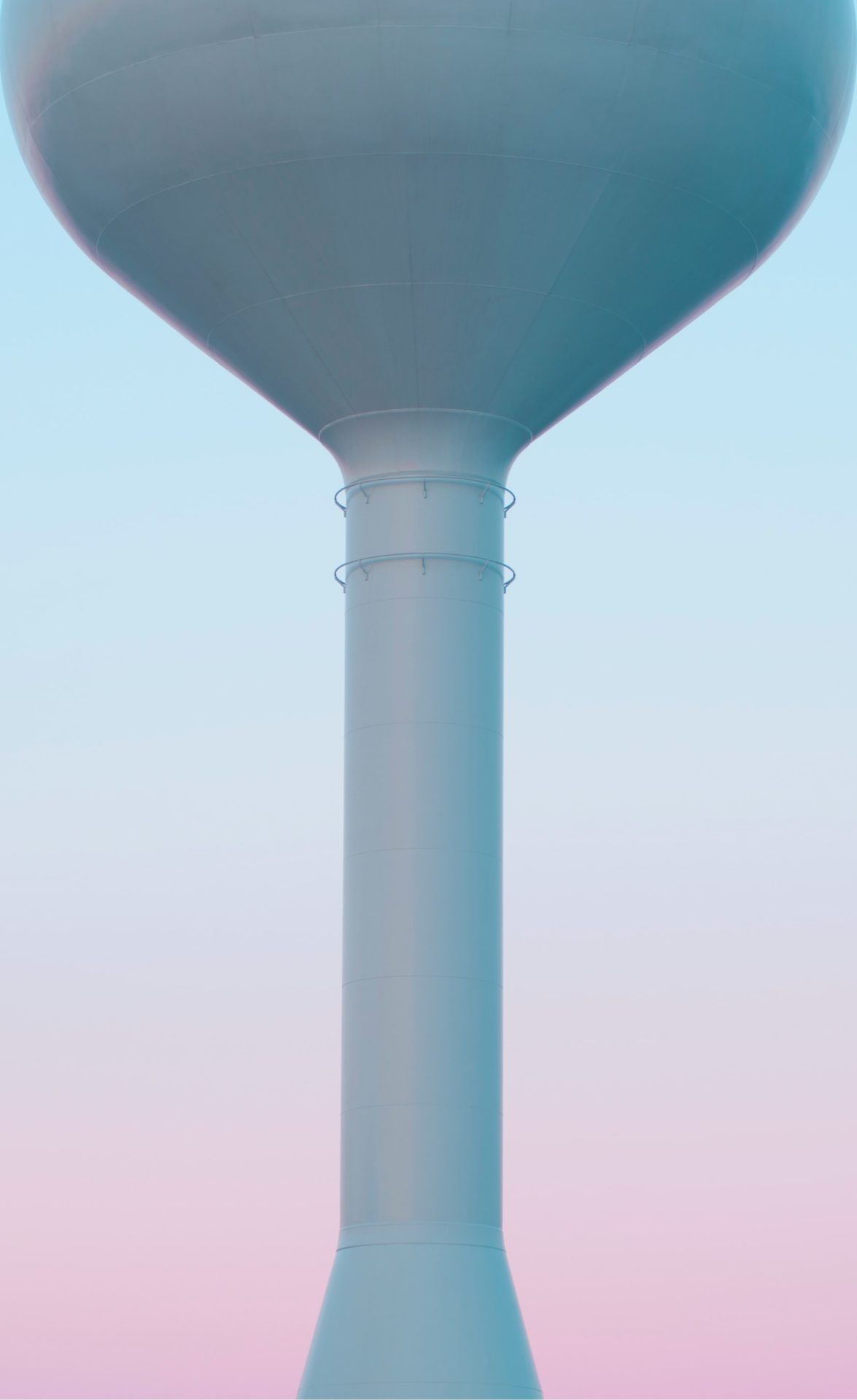Protecting Municipal Water Tanks with Surface Coatings

Posted on November 30, 2022 by Brent Phillips
Water is essential to any community; without fresh, clean water, communities can flounder. Water tank surface coatings are integral to protecting the municipality’s water supply.
A substrate of a municipal water tank is vulnerable to deterioration through corrosion, decay, and nitrification. These destructive processes put communities at risk and reduce a tank’s service life.
Through regular inspection and maintenance, water tanks receive protection against destructive environmental forces. One way this gets mitigated is by applying surface coatings, which increase the durability and serviceability of a tank.
Tank Material
By design, municipal water tanks need a protective coating system to safeguard public water, which is susceptible to environmental influences like mineral accumulation, changes in pH balance, bacteria, and algae growth.
Many tank designs get constructed from:
- Fiberglass
- Steel
- Concrete
Fiberglass Tanks
Water tanks constructed from fiberglass deteriorate when exposed to sun ultraviolet (UV) light. Signs that a fiberglass container is starting to break down is that the surface will no longer be smooth, feeling like sandpaper.
Steel Water Tanks
Many water towers get constructed from steel for affordability. These tanks benefit significantly from protective coatings. Unfortunately, steel tank designs are highly vulnerable to corrosion and decay when exposed to water or moisture of any kind.
Concrete Tanks
Concrete gets compromised during periods of freeze and thaw cycles. It is also highly susceptible to breaking down when it comes into contact with salts, often associated with coastlines.
Surface Coatings Prevent
The reason surface coatings are so critical is the protection it provides to water tanks before installation and through regularly scheduled maintenance to avoid problems like:
- Concrete spalling, caused by freeze-and-thaw cycles
- Leakage from cracking
- Environmental exposure, like weathering impacts or naturally occurring ground substances.
- Exposure to UV rays
- Organic and inorganic chemistry from hard water deposits (i.e., dissolved calcium and magnesium) or salts
- Tensile strength degeneration of a substrate
How Surface Coatings Protect Water Tanks
Surface coatings protect municipal water tanks from deterioration and corrosion, forming a physical barrier between the water and the walls inside and covering the outside of the tank from harmful environmental elements through tensile strength.
Tensile Strength
Polyurethane coatings, like epoxy coatings, have high tensile strength. That’s to say, its ability to adhere to the surface of fiberglass, steel, or concrete and withstand the forces it comes into contact with before breaking are high. Many polyurethanes and epoxies have a tensile strength between 190 PSI to 800 PSI.
For this reason, coatings applied inside and outside water towers are capable of safeguarding the water contained within from outside sources such as high impact forces caused by:
- UV damage
- Sandstorms or haboobs
- Corrosive actions such as water coming into contact with steel
Your One-Stop-Shop for NACE Inspections and Surface Coatings
If your municipality requires a NACE inspection or surface coating specialist, contact the team at Cunningham Inc. today by calling (602) 848-3030!
Their certified NACE inspectors can thoroughly examine the interior and exterior of your municipality’s water assets. Then provide a comprehensive inspection report and full-length uncut video footage taken from their remotely operated underwater vehicle.
As a one-stop shop, the Cunningham team can supply you with a bid complete the restoration or re-surfacing cost following their NACE inspection.